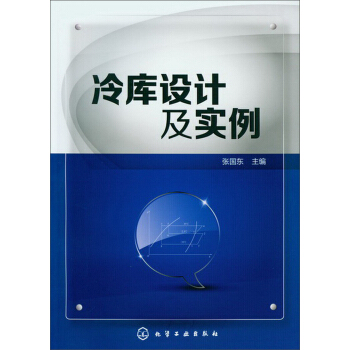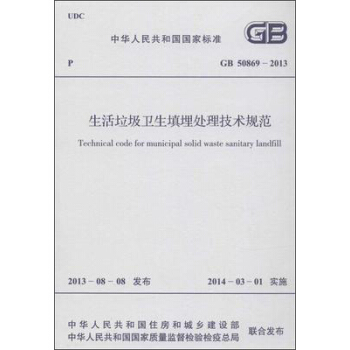![机械设计过程(英文版)(原书第4版) [The Mechanical Design Process]](https://pic.windowsfront.com/10134481/4c7c661b-bef0-47bc-80a9-25be2f75f563.jpg)

具体描述
内容简介
《机械设计过程(英文版·原书第4版)》明确提出了“产品设计”的设计技术,是针对产品设计的设计思想,理论.技术和方法,而对于那些针对“机构”和“零件结构”的设计技术,只作为基础知识介绍。《机械设计过程(英文版 原书第4版)》全面、具体地给出了“设计学”的基本内容,详细地引出了设计的典型步骤,每一个步骤的任务、目标,应考虑的主要问题和常用的解决方法,对产品设计具有很好的指导作用。内页插图
目录
序PREFACE
CHAPTER 1 Why Study the Design Process?
1.1 Introduction
1.2 Measuring the Design Process with Product Cost, Quality, and Time to Market
1.3 The History of the Design Process
1.4 The Life of a Product
1.5 The Many Solutions for Design Problems
1.6 The Basic Actions of Problem Solving
1.7 Knowledge and Learning During Design
1.8 Design for Sustainability
CHAPTER 2 Understanding Mechanical Design
2.1 Introduction
2.2 Importance of Product Function, Behavior, and Performance
2.3 Mechanical Design Languages and Abstraction
2.4 Different Types of Mechanical Design Problems
2.5 Constraints, Goals, and Design Decisions
2.6 Product Decomposition
CHAPTER 3 Designers and Design Teams
3.1 Introduction
3.2 The Individual Designer: A Model of Human Information Processing
3.3 Mental Processes That Occur During Design
3.4 Characteristics of Creators
3.5 The Structure of Design Teams
3.6 Building Design Team Performance
CHAPTER 4 The Design Process and Product Discovery
4.1 Introduction
4.2 Overview of the Design Process
4.3 Designing Quality into Products
4.4 Product Discovery
4.5 Choosing a Project
CHAPTER 5 Planning for Design
5.1 Introduction
5.2 Types of Project Plans
5.3 Planning for Deliverables The Development of Information
5.4 Building a Plan
5.5 Design Plan Examples
5.6 Communication During the Design Process
CHAPTER 6 Understanding the Problem and the Development of Engineering Specifications
6.1 Introduction
6.2 Step 1: Identify the Customers: Who Are They?
6.3 Step 2: Determine the Customers Requirements: What Do the Customers Want?
6.4 Step 3: Determine Relative Importance of the Requirements: Who Versus What
6.5 Step 4: Identify and Evaluate the Competition: How Satisfied Are the Customers Now ?
6.6 Step 5: Generate Engineering Specifications: How Will the Customers Requirement Be Met?
6.7 Step 6: Relate Customers Requirements to Engineering Specifications: How to Measure What?
6.8 Step 7: Set Engineering Specification Targets and Importance: How Much Is Good Enough?
6.9 Step 8: Identify Relationships Between Engineering Specifications: How Are the Hows Dependent on Each Other?
6.10 Further Comments on QFD
CHAPTER 7 Concept Generation
7.1 Introduction
7.2 Understanding the Function of Existing Devices
7.3 A Technique for Designing with Function
7.4 Basic Methods of Generating Concepts
7.5 Patents as a Source of Ideas
7.6 Using Contradictions to Generate Ideas
7.7 The Theory of Inventive Machines, TRIZ
7.8 Other Important Concerns During Concept Generation
CHAPTER 8 Concept Evaluation and Selection
8.1 Introduction
8.2 Concept Evaluation Information
8.3 Feasibility Evaluations
8.4 Technology Readiness
8.5 The Decision Matrix——Pughs Method
8.6 Product, Project, and Decision Risk
8.7 Robust Decision Making
CHAPTER 9 Product Generation
9.1 Introduction
9.2 BOMs
9.3 Form Generation
9.4 Materials and Process Selection
9.5 Vendor Development
9.6 Generating a Suspension Design for the Matin 2008 Mount Vision Pro Bicycle
CHAPTER 10 Product Evaluation for Performance and the Effects of Variation
10.1 Introduction
10.2 Monitoring Functional Change
10.3 The Goals of Performance Evaluation
10.4 Trade-Off Management
10.5 Accuracy, Variation, and Noise
10.6 Modeling for Performance Evaluation
10.7 Tolerance Analysis
10.8 Sensitivity Analysis
10.9 Robust Design by Analysis
10.10 Robust Design Through Testing
CHAPTER 11 Product Evaluation: Design For Cost, Manufacture,Assembly, and Other Measures
11.1 Introduction
11.2 DFC——Design For Cost
11.3 DFV Design For Value
11.4 DFM——Design For Manufacture
11.5 DFA Design-For-Assembly Evaluation
11.6 DFR Design For Reliability
11.7 DFT and DFM——Design For Test and Maintenance
11.8 DFElDesign For the Environment
CHAPTER 12 Wrapping Up the Design Process and Supporting the Product
12.1 Introduction
12.2 Design Documentation and Communication
12.3 Support
12.4 Engineering Changes
12.5 Design for End of Life
读者信息反馈表
精彩书摘
Unfortunately, often what is manufactured by a company using the over-the-wall process is not what the customer had in mind. This is because of the manyweaknesses in this product development process. First, marketing may not be ableto communicate to engineering a clear picture of what the customers want. Sincethe design engineers have no contact with the customers and limited communi-cation with marketing, there is much room for poor understanding of the designproblem. Second, design engineers do not know as much about the manufacturingprocesses as manufacturing specialists, and therefore some parts may not be ableto be manufactured as drawn or manufactured on existing equipment. Further,manufacturing experts may know less-expensive methods to produce the prod-uct. Thus, this single-direction over-the-wall approach is inefficient and costlyand may result in poor-quality products. Although many companies still use thismethod, most are realizing its weaknesses and are moving away from its use.In the late 1970s and early 1980s, the concept of simultaneous engineeringbegan to break down the walls. This philosophy emphasized the simultaneousdevelopment of the manufacturing process with the evolution of the product.Simultaneous engineering was accomplished by assigning manufacturing repre-sentatives to be members of design teams so that they could interact with thedesign engineers throughout the design process. The goal was the simultaneousdevelopment of the product and the manufacturing process.前言/序言
机械工业出版社在2006年出版了美国大卫G·乌尔曼(David G.Ullman)所著《机械设计过程》第3版的中文翻译本,几年以后我们又见到了该书英文原版的第4版,这一版在保留原有特色的基础上有了较大的改进,反映了机械设计近年来的一些重要的发展和研究成果。本书明确提出了“产品设计”的设计原理,是针对产品设计的设计思想、理论、技术和方法的总结,而对于那些针对“机构”和“零件结构”的设计手段,只作为基础知识介绍。同时,本书全面、具体地给出了“设计学”的基本内容,详细地引出了设计的典型步骤,每一个步骤的任务和目标,应考虑的主要问题和常用的解决方法,对产品设计具有很好的指导作用。本书的主要特点是:
1.针对各章节知识点给出了计算机设计用的表格,供设计者参考。
2.给出了更多的设计实例和照片。
3.各章前面给出了“要点问题”(Keyquestions),使读者阅读时目标更加明确。
4.更新了参考资料,使本书更加实用。
用户评价
关于材料选择的部分,我本来是寄予厚望的,毕竟机械设计的基础离不开材料的支撑。我期望看到的是关于新型复合材料在提高比强度方面的最新数据,或者至少是对现有金属材料在疲劳寿命和蠕变性能上的深入探讨,尤其是那些针对高低温环境或腐蚀环境的特殊合金。翻到相关章节,内容依然是中规中矩,停留在传统的应力-应变曲线和基本的材料性能表上。更让我感到不解的是,对于如何利用现代计算工具(比如有限元分析FEA的结果反馈给材料选择的迭代过程)的描述极其简略。似乎作者默认读者已经完全掌握了这些工具,只是需要知道“选什么材料”的基本原则,而不是“如何根据模拟结果优化材料选择”的流程。这使得这本书在指导前沿设计时显得力不从心,它更适合那些刚接触材料学的学生,而不是一个需要解决复杂工程难题的研发人员。感觉这本书像是被时间凝固在了某个年代,关于材料科学爆炸式发展的近二十年成果,似乎被刻意忽略了。
评分这本书的章节结构安排,简直像是在走迷宫,逻辑跳转得让人措手不及。我特别想搞清楚“概念生成”和“详细设计”之间那个至关重要的“初步设计评估”环节到底应该如何量化和迭代,毕竟在实际工作中,这个阶段的决策失误往往导致后续返工和成本飙升。然而,书里对这个过程的描述非常抽象,用了大量的术语堆砌,但鲜有那种一针见血的、能直接套用的决策树或者评分模型。我试着去寻找一些关于如何平衡多目标优化(比如成本、可靠性、可制造性)的实用技巧,比如运用AHP(层次分析法)或者一些启发式算法来辅助选择最佳设计方案的实例分析。很遗憾,书中更多的是停留在对这些目标进行定性的描述,比如“需要考虑安全性”或者“必须确保经济性”,这种描述对于一个需要拿出具体参数和计算依据的工程师来说,简直是隔靴搔痒。阅读的体验就像是听一位资深教授在讲哲学,道理都懂,但就是不知道如何将其转化为车间里的实际操作指令,让人读完后,拿起图纸还是感到迷茫。
评分这本书,哎,刚拿到手的时候,我心里就咯噔一下,这封面设计得也太……朴素了吧?感觉像是那种上个世纪八十年代的教科书翻印的,一点现代感都没有。翻开内页,果不其然,排版密密麻麻,图表的数据也显得有些陈旧,很多插图都是那种简单的线条勾勒,缺乏那种现在设计软件渲染出来的逼真三维效果。坦白说,作为一名在工业界摸爬滚打了几年,习惯了高分辨率屏幕和精美CAD模型的工程师来说,这本书的视觉体验简直是一种折磨。我本来是希望能从中找到一些关于最新材料应用或者前沿制造工艺的介绍,比如增材制造在复杂机构设计中的前瞻性应用,或者是关于功能梯度材料在极端载荷条件下的设计考量。结果呢?里面讲的那些案例和流程,都像是工业革命后期的那一套标准化流程的翻版,虽然理论基础扎实是没错,但是总感觉它跟不上这个时代变化的脚步。读起来最大的感受就是“枯燥”,那种强烈的学术气息扑面而来,让我一度怀疑自己是不是买错书了,是不是该去看看那些更注重实践和案例分析的工具书,而不是这种宏观的、偏理论基础的教材。它更像是一个历史文献,而不是一本指导未来工程实践的指南。
评分如果说这本书有什么可取之处,可能就是它对“设计规范和标准”的强调吧,它反复提醒我们,设计不仅仅是技术上的实现,更是对行业规范和法律法规的尊重。然而,即便是这部分内容,也显得过于笼统和宏观。我真正希望看到的是,针对不同国家和地区(比如欧洲的CE标准、美国的ANSI标准,以及中国的GB标准)在具体机械零部件设计上的差异化要求对比,以及如何建立一个能够适应全球化供应链的设计流程,以应对不同制造厂的能力差异。这本书里关于标准的部分,更像是对“遵守标准很重要”这一普遍真理的重复申明,而不是提供一个实用的、可查询的跨文化设计标准参照系。这使得它在作为一本面向国际市场的“英文版”参考书时,显得不够接地气,缺乏那种即时的、可操作的参考价值,更像是一份通用性的行业道德准则,而非解决实际设计冲突的武器。
评分这本书的语言风格,哦,那真是太“学院派”了,充满了冗长、复杂的长句和生僻的专业词汇,仿佛每一个句子都想尽力展示作者渊博的学识,却牺牲了清晰度和可读性。我发现自己需要反复阅读好几遍才能真正抓住作者想要表达的核心观点,特别是当涉及到一些关于“理论基础”和“哲学思辨”的段落时。我特别想找一些关于设计容错性和鲁棒性设计的现代方法论,比如六西格玛在设计阶段的应用,或者如何通过蒙特卡洛模拟来评估设计变量的不确定性对系统性能的影响。这些在现代工程质量控制中至关重要的环节,在书中要么是一笔带过,要么就是用一种极其晦涩难懂的方式进行阐述,让人望而生畏。如果不是带着强烈的学习目的和极大的耐心去啃读,我敢保证,大多数工程师会在第三章左右就放弃挣扎,转而去寻求更直白、更具操作指南性质的外部资料来补充知识空缺。
评分苍蝇吃什么?
评分老公要买的书,包装很好啊,书也很好,赞,支持京东
评分恐龙怎样保护自己?
评分猴子的尾巴有什么用?
评分4.更新了参考资料,使本书更加实用。
评分瓢虫身上为什么有斑点?
评分珊瑚礁周围都有什么动物?
评分祈祷螳螂是怎样捕食的?
评分还没仔细看过,内容有点浅显
相关图书
本站所有内容均为互联网搜索引擎提供的公开搜索信息,本站不存储任何数据与内容,任何内容与数据均与本站无关,如有需要请联系相关搜索引擎包括但不限于百度,google,bing,sogou 等,本站所有链接都为正版商品购买链接。
© 2025 windowsfront.com All Rights Reserved. 静流书站 版权所有


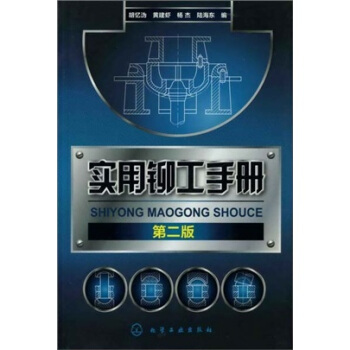

![中华人民共和国国家标准:冷库设计规范(GB 50072-2010) [Code for Design of Cold Store] pdf epub mobi 电子书 下载](https://pic.windowsfront.com/11545200/541bf856N92dc8f12.jpg)


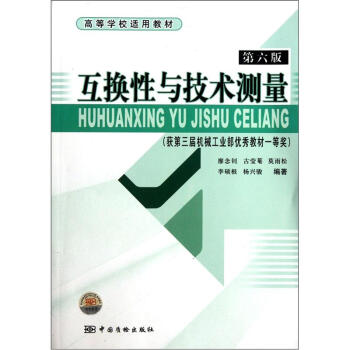
![服装素描技法 [Fashion Drawing] pdf epub mobi 电子书 下载](https://pic.windowsfront.com/11504051/53c8fb93Nee6dfb7c.jpg)
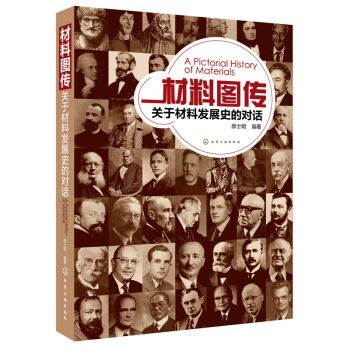
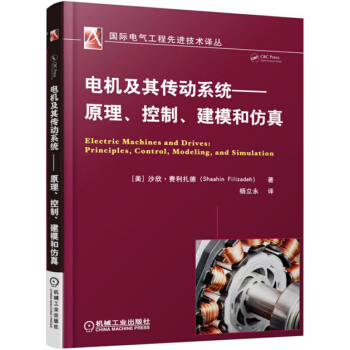
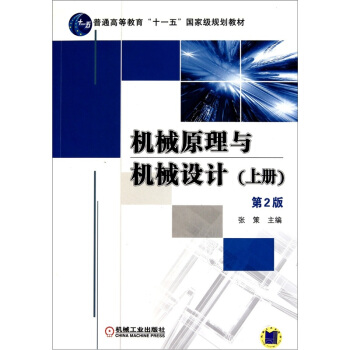
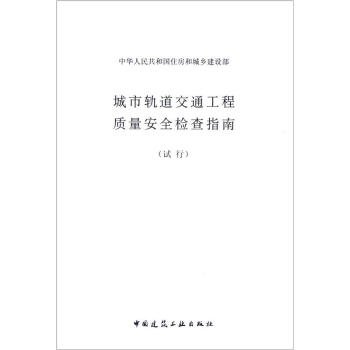
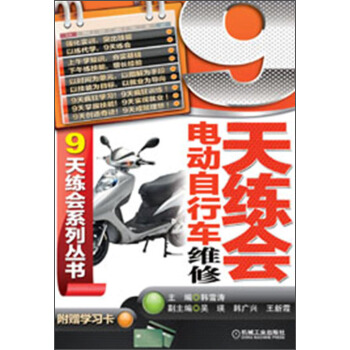
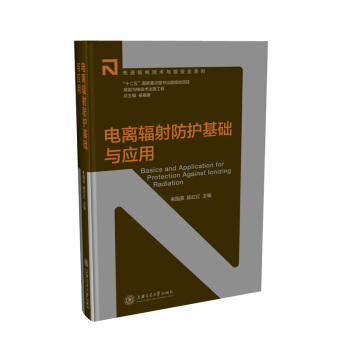
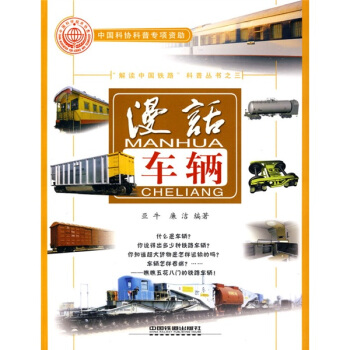
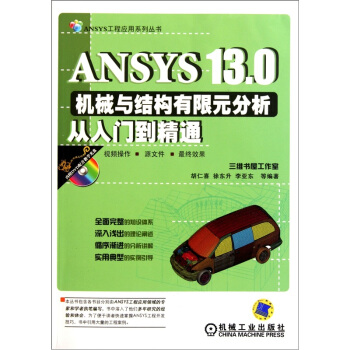
![中华人民共和国行业标准(JGJ 214-2010·备案号J 1071-2010):铝合金门窗工程技术规范 [Technical Code for Aluminum Alloy Window and Door Engineering] pdf epub mobi 电子书 下载](https://pic.windowsfront.com/11013870/rBEIDE_e9FAIAAAAAAAcuqpQtRUAAAwmwI-VYsAABzS158.jpg)
